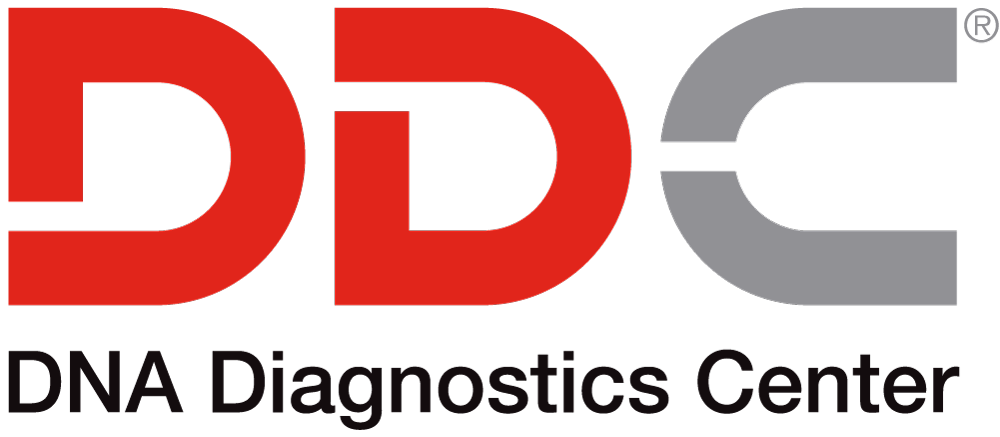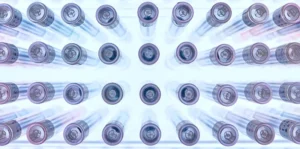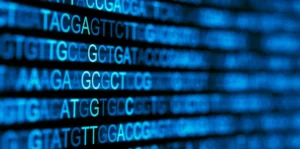JANUARY 3, 2013
Was Lisa Gherardini the Mona Lisa? Researchers Hope to Find Answers in DNA
In the world of art, few paintings have aroused more interest and speculation than the Mona Lisa. Created between 1503 and 1506 by Leonardo da Vinci, art historians widely believe it to be the portrait of Lisa Gherardini, commissioned by her husband Francesco del Giocondo. There are many alternative views on the identity of the subject–one hypothesis being that it’s a self-portrait–and a team of Italian researchers led by Silvano Vinceti hope to find a definitive answer using DNA.
Vinceti and his team have unearthed intact bones of two women beneath an old Franciscan convent in Florence, Italy. Old city records suggest that one set of bones may belong to Lisa Gherardini. Vinceti hopes to compare DNA found in these bones with that of her two sons, whose remains have been previously identified.
If DNA confirms the identity of the bones, then facial reconstruction by forensic experts can commence based on the skull fragments, taking into account that Gherardini was probably in her 20s when she posed for da Vinci. Vinceti claims that the technique for facial reconstruction has a pretty small margin of error–between 2 and 8%–and the result will finally answer the question of whether she was the model for the Mona Lisa, or perhaps another painting by da Vinci as some scholars suggest.
There are two types of DNA testing that can provide information on maternal relationships: maternity and mitochondrial DNA testing, both of which are offered by DNA Diagnostics Center. A maternity test examines compares nuclear DNA between mother and child to determine if the child has the requisite DNA contribution from the mother (since half of the child’s DNA comes from the mother, and half comes from the father).
However, with very old samples such as excavated bones, the nuclear DNA would mostly have been degraded. In these situations, scientists can look at mitochondrial DNA, which mothers pass on to their children relatively unchanged through the generations. Although the mitochondrial DNA test only proves two persons were of the same maternal lineage (not a direct mother-child relationship), a positive result taken with other evidence, such as historical records, can be sufficient to offer a reasonable degree of certainty about the identity of the remains.
If DNA does prove the remains belong to Lisa Gherardini, art enthusiasts can move on to the next Mona Lisa speculation.
About DNA Diagnostics Center (DDC)
DNA Diagnostic Center is the world leader in paternity and relationship testing. We serve healthcare professionals, government agencies, and individuals around the world to determine family relationships with trusted accuracy.
More Questions? Don’t hesitate to call us: we’re here to help!
CALL NOW




